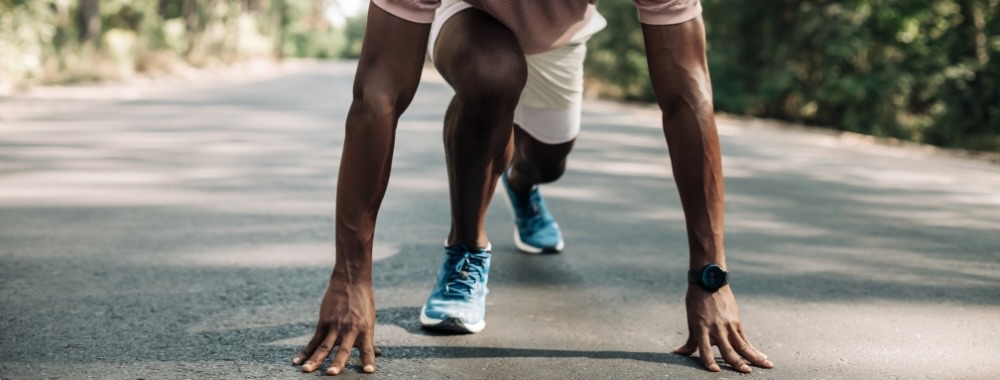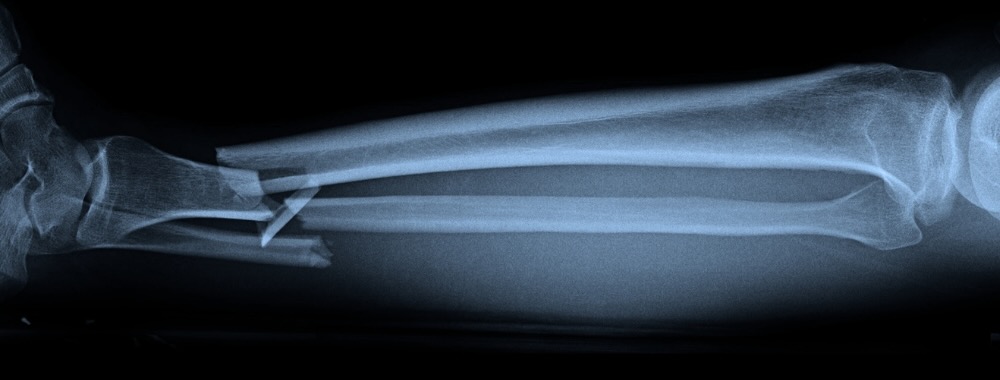
The good news is that the answer to that question is a solid ‘no.’
Maybe you’re an avid runner, a basketball enthusiast, or someone with a passion for high-intensity sports who’s curious about adding a few inches or correcting a leg discrepancy. Or perhaps you’re simply worried that any procedure on your legs would sideline you for way too long.
In this article we will strive to answer the question, “Can athletes get limb lengthening done?”
Athletes aren’t automatically disqualified from limb lengthening—it’s more about your individual goals, health, and recovery plan. Such factors have to be weighed so you can decide if limb lengthening is the right choice for you and if it can fit with your athletic plans.
Why Athletes Might Consider Limb Lengthening
Undergoing limb lengthening is a very personal choice. Below are just a few reasons why an athlete might consider limb lengthening.
Correcting a Limb Discrepancy
Some athletes have minor (or not-so-minor) differences in leg lengths that can cause imbalances or an increased risk of injury during exercise.
Over time, even a half-inch difference can lead to chronic knee, hip, or back pain. Limb lengthening surgery can correct the discrepancy and create better physical alignment. Such corrections can reduce the likelihood of strain during high-impact workouts.
Increase Height
Some athletes might consider adding a bit of height to improve performance in sports that favor taller competitors—like basketball or volleyball. While it’s not a guaranteed slam dunk for success, the psychological boost alone can sometimes be valuable.
Fixing Old Injuries
Certain fractures or injuries can heal in a way that leaves the leg shorter or even misaligned. Limb lengthening can help restore function and improve mobility, giving you a chance to get back in the game with greater comfort.
Limb Lengthening in the Context of Sports
Limb lengthening involves surgically cutting the bone (often the femur or tibia), then using specialized tools such as an internal rod or external fixator to slowly start stretching the bone. New bone tissue will eventually grow to fill in the gap, increasing the length.
For an athlete, the big question is: How does this affect training and performance? The short answer is that it often takes several months to recover. During recovery, you can’t work out. However, with physical therapy and proper planning, you can regain and sometimes even improve your athletic performance
The Recovery Process: Patience Is Key
Recovery from limb lengthening takes time – it doesn’t happen overnight and you’ll need to be patient.
Right after surgery, you’re likely to be on crutches or using a walker. You’ll only be able to put minimal weight on the operated-on leg. This phase can last several weeks to a few months, depending on the rate of bone growth and your overall health.
For an athlete used to daily training, the long recovery period can feel like a big slowdown—both physically and mentally.
As the bone solidifies, you’ll gradually increase weight bearing. Physical therapy becomes your best friend at this point. Your physical therapist will give you exercises that help maintain muscle strength and flexibility without jeopardizing the new bone formation.
Eventually, you’ll reach a point where your surgeon clears you for more intense activity. But it’s not a matter of going from zero to sprinting overnight. You’ll likely follow a carefully structured plan that reintroduces running, jumping, cutting movements, or upper-body lifting with incremental progress.
The timeline for recovery following a limb lengthening surgery can vary widely—some people feel ready for moderate activity in six months, while others take a year or more before hitting their peak.
Benefits of Limb Lengthening for Athletes
Let’s take a look at the benefits of leg lengthening for athletes:
- Better Alignment: If a leg-length discrepancy caused you issues in the past, evening out the disproportion can mean improved balance and reduced stress on your joints.
- Increased Confidence: Whether it’s a subtle height boost or relief from chronic pain, feeling better physically often translates to greater self-assurance on the field or court.
- Reduced Risk of Future Injuries: Correcting an old fracture or natural discrepancy can help fix movement patterns that lead to repeated strains or sprains
Is Limb Lengthening Worth It for Athletes?
Deciding if limb lengthening is worth it depends on your specific goals, the severity of any leg-length issues, and your sport’s demands. Some athletes choose it to finally end years of discomfort or to correct discrepancies that have held them back. Others do it for a modest height gain, accepting that while the procedure might not make them the next MVP, it could help them feel more confident.
Ultimately, the key is setting realistic expectations and working closely with a surgeon who understands both the procedure and the unique pressures athletes face.
Here are just a few things to consider when thinking about limb lengthening:
- Extended Time Off: You’ll be sidelined from high-level performance for months. That requires mental resilience and a plan to keep your upper body or other muscle groups active in the meantime.
- Risk of Setbacks: If you push too fast, you could face complications like delayed bone healing or damage to the surrounding muscles and ligaments.
- Adaptation Period: Gaining extra length in your legs can change your body mechanics. You might find you need extra time to adjust how you move, run, or jump.
Ready to Explore Your Limb Lengthening Options?
If you’re an athlete curious about limb lengthening—whether to correct a discrepancy or gain height—Premier’s Limb Lengthening Institute is here to guide you. Our team understands that your love for sports and an active lifestyle isn’t just a hobby; it’s part of who you are.
We’ll help you weigh the pros and cons, outline a realistic timeline for recovery, and design a plan that sets you up for success both on and off the field.
Contact us today to schedule a consultation and learn more about what’s possible for you!






